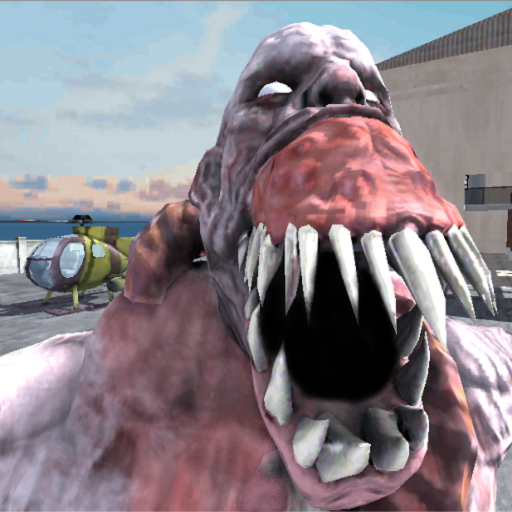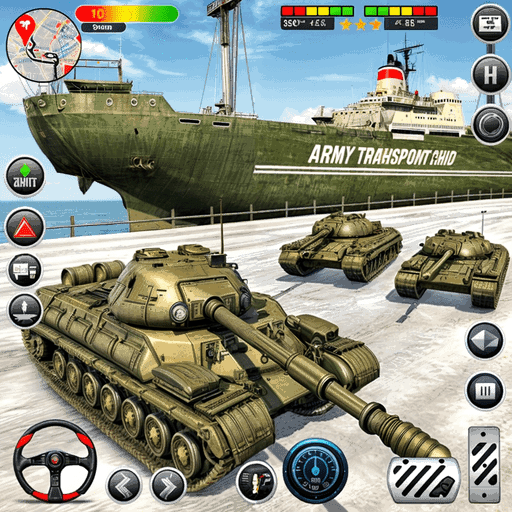Nintendo is a household name synonymous with video game history, renowned for its pioneering spirit and innovative approach to home console gaming. With a rich catalog of iconic IPs that continue to captivate players decades later, Nintendo remains a dominant force in the industry. As they gear up for the release of the Switch 2, it's the perfect time to reflect on the evolution of their consoles and the impact they've had on gaming culture.
Below, we've compiled a comprehensive list of every Nintendo console ever released. Take a journey through time and see how Nintendo has consistently pushed the boundaries of what gaming can be!
AnswerSee Results*Looking to save on a new Nintendo Switch or new titles for your system? Be sure to check out the best Nintendo deals available today.*How Many Nintendo Consoles Have There Been?
In total, 32 Nintendo consoles have been released throughout Nintendo's history. The Switch 2 will be the 33rd. We've included revision models for both home and handheld consoles, which include brandings like XL and Mini.
 Latest Model### Nintendo Switch OLED (Neon Blue & Red)
Latest Model### Nintendo Switch OLED (Neon Blue & Red)
4See it at AmazonEvery Nintendo Console in Order of Release
Color TV-Game - June 1, 1977
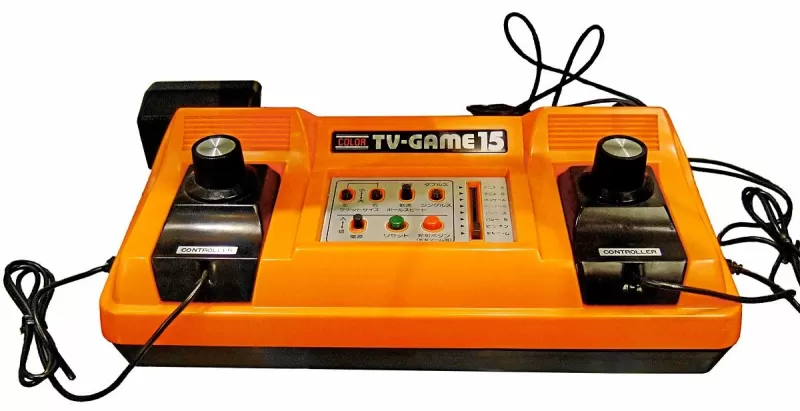 Nintendo's first step into the world of gaming hardware came with the Color TV-Game series, a collaboration with Mitsubishi Electronics. These systems were a commercial success, setting the stage for Nintendo's future in hardware development. The legacy of the Color TV-Game lives on, fueling Nintendo's continuous dedication to gaming innovation.
Nintendo's first step into the world of gaming hardware came with the Color TV-Game series, a collaboration with Mitsubishi Electronics. These systems were a commercial success, setting the stage for Nintendo's future in hardware development. The legacy of the Color TV-Game lives on, fueling Nintendo's continuous dedication to gaming innovation.
Game & Watch - April 28, 1980
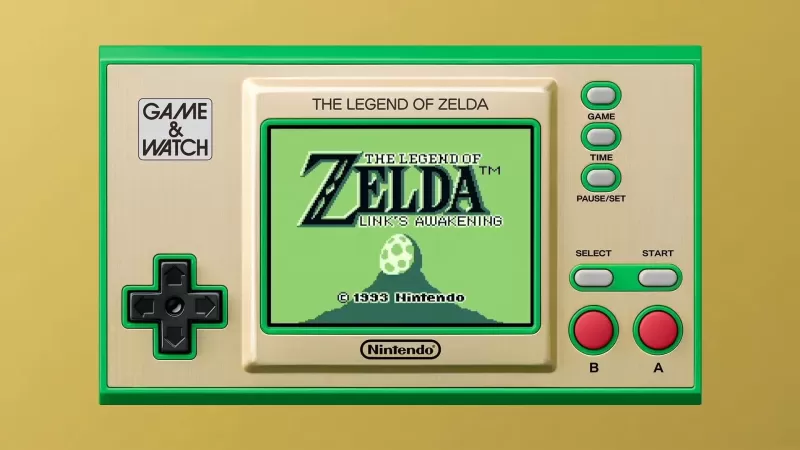 Nintendo ventured into handheld gaming with the Game & Watch series, which sold over 40 million units worldwide. These devices introduced groundbreaking features like the D-Pad, seen in the Donkey Kong Game & Watch. The series made a notable return in 2020 and 2021 with limited editions celebrating Mario and Zelda anniversaries.
Nintendo ventured into handheld gaming with the Game & Watch series, which sold over 40 million units worldwide. These devices introduced groundbreaking features like the D-Pad, seen in the Donkey Kong Game & Watch. The series made a notable return in 2020 and 2021 with limited editions celebrating Mario and Zelda anniversaries.
Nintendo Entertainment System - October 18, 1985
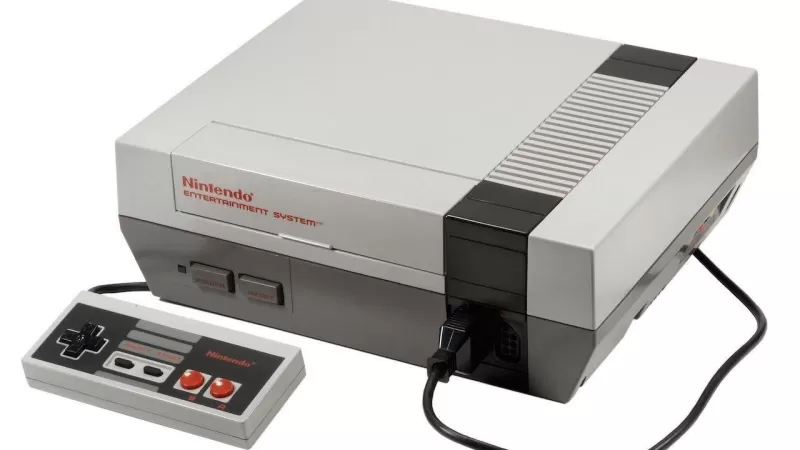 Launched as the Family Computer (Famicom) in Japan, the Nintendo Entertainment System (NES) revolutionized gaming in North America with its cartridge system. It introduced beloved franchises such as Super Mario, The Legend of Zelda, and Metroid, cementing its place as a cornerstone of video game history.
Launched as the Family Computer (Famicom) in Japan, the Nintendo Entertainment System (NES) revolutionized gaming in North America with its cartridge system. It introduced beloved franchises such as Super Mario, The Legend of Zelda, and Metroid, cementing its place as a cornerstone of video game history.
Game Boy - July 31, 1989
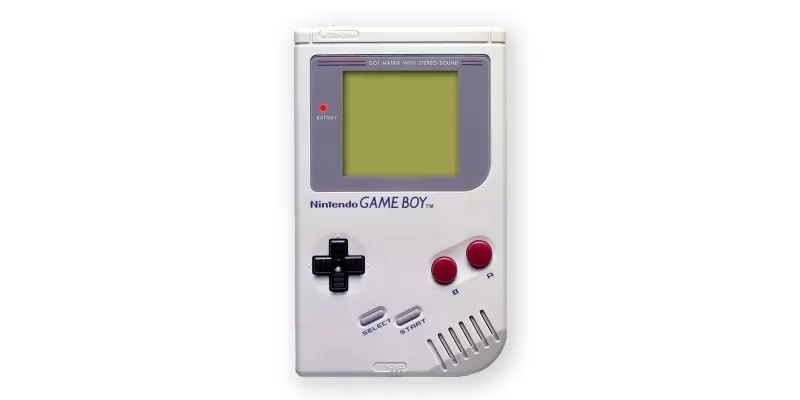 Game Boy marked Nintendo's entry into true handheld gaming, featuring cartridge support for a diverse game library. Its iconic game, Tetris, was bundled with the system in most regions, except Japan.
Game Boy marked Nintendo's entry into true handheld gaming, featuring cartridge support for a diverse game library. Its iconic game, Tetris, was bundled with the system in most regions, except Japan.
Super Nintendo Entertainment System - August 23, 1991
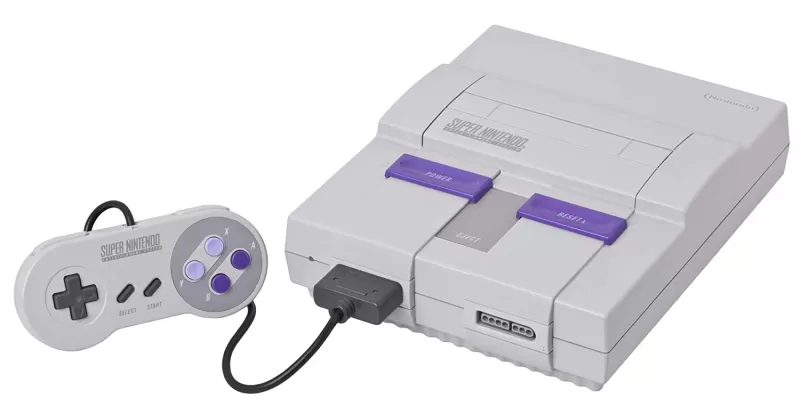 Introducing 16-bit graphics, the Super Nintendo Entertainment System (SNES) pushed the boundaries with titles like Super Mario World and Donkey Kong Country. Despite a later launch, it became the best-selling console of its era due to its exceptional software lineup.
Introducing 16-bit graphics, the Super Nintendo Entertainment System (SNES) pushed the boundaries with titles like Super Mario World and Donkey Kong Country. Despite a later launch, it became the best-selling console of its era due to its exceptional software lineup.
Virtual Boy - August 14, 1995
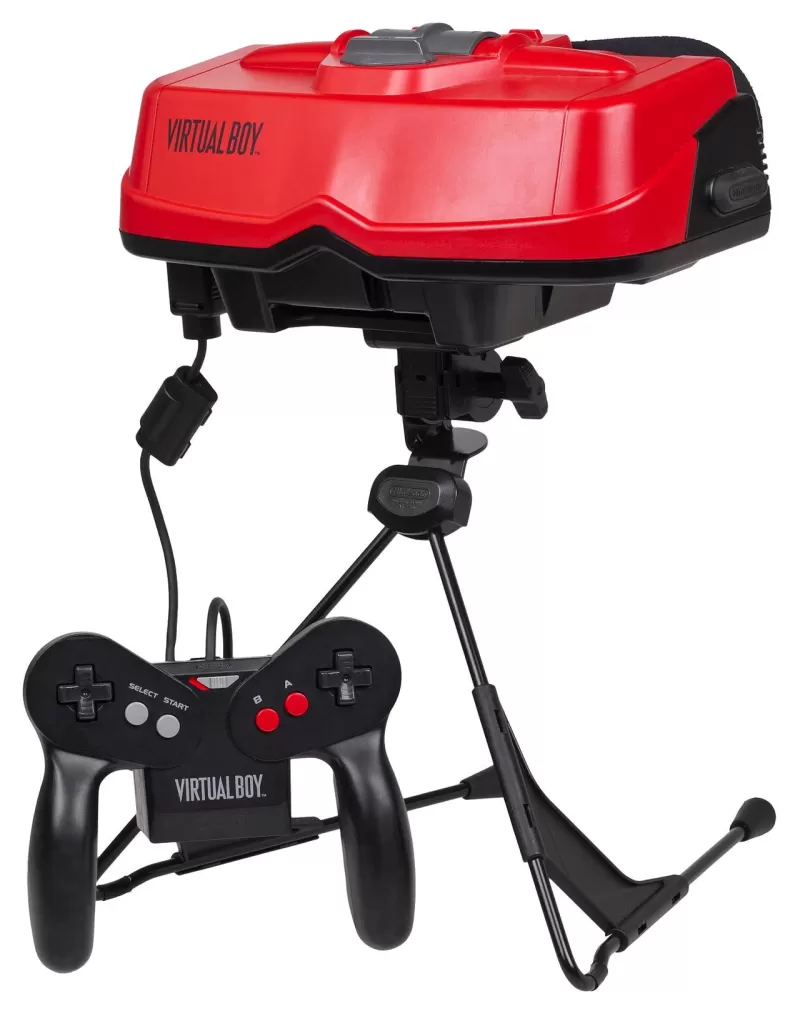 Virtual Boy stands out as Nintendo's most unconventional console, offering the first 3D visuals in gaming. With only 22 games released, including Mario's Tennis and Virtual Boy Wario Land, it had a brief market life but left a lasting impression.
Virtual Boy stands out as Nintendo's most unconventional console, offering the first 3D visuals in gaming. With only 22 games released, including Mario's Tennis and Virtual Boy Wario Land, it had a brief market life but left a lasting impression.
Game Boy Pocket - September 3, 1996
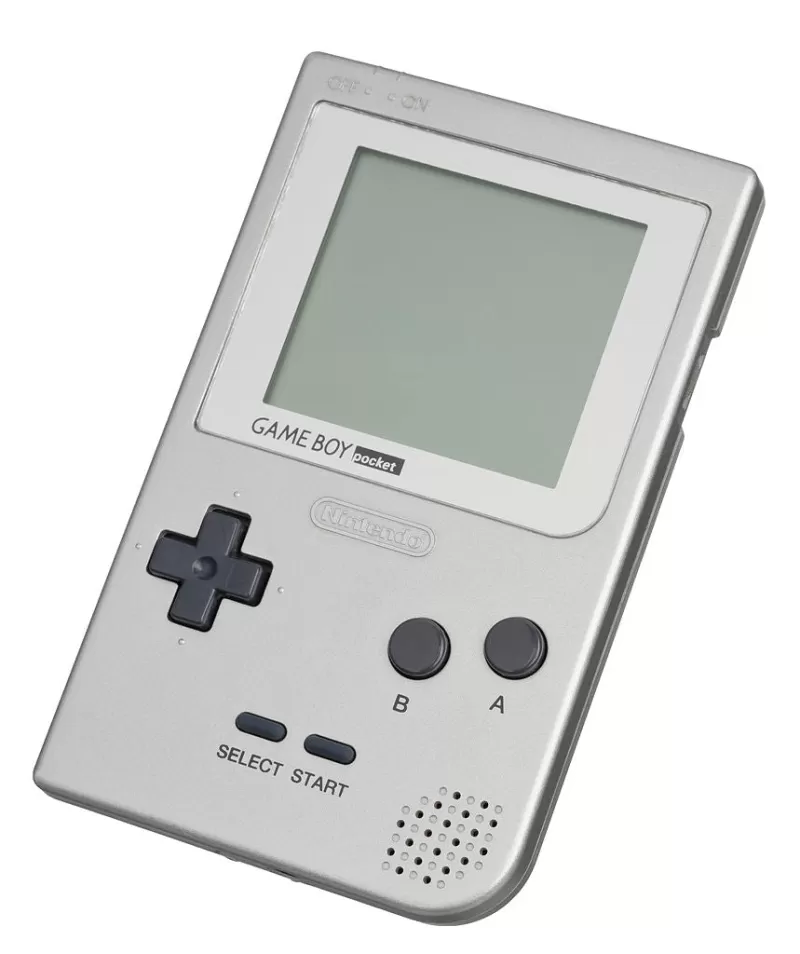 Game Boy Pocket offered a smaller, more efficient design with a clearer black-and-white screen. While it boasted improved response times, its battery life was shorter than the original Game Boy.
Game Boy Pocket offered a smaller, more efficient design with a clearer black-and-white screen. While it boasted improved response times, its battery life was shorter than the original Game Boy.
Nintendo 64 - September 29, 1996
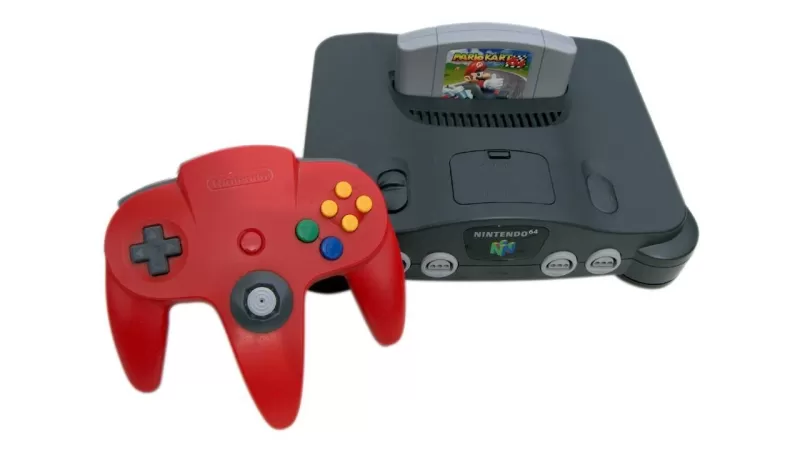 Nintendo 64 introduced 3D graphics to Nintendo's home consoles with groundbreaking titles like Super Mario 64 and The Legend of Zelda: Ocarina of Time. Its unique controller featured an analog stick, and Nintendo released various special editions, including translucent variants.
Nintendo 64 introduced 3D graphics to Nintendo's home consoles with groundbreaking titles like Super Mario 64 and The Legend of Zelda: Ocarina of Time. Its unique controller featured an analog stick, and Nintendo released various special editions, including translucent variants.
Game Boy Light - April 14, 1998
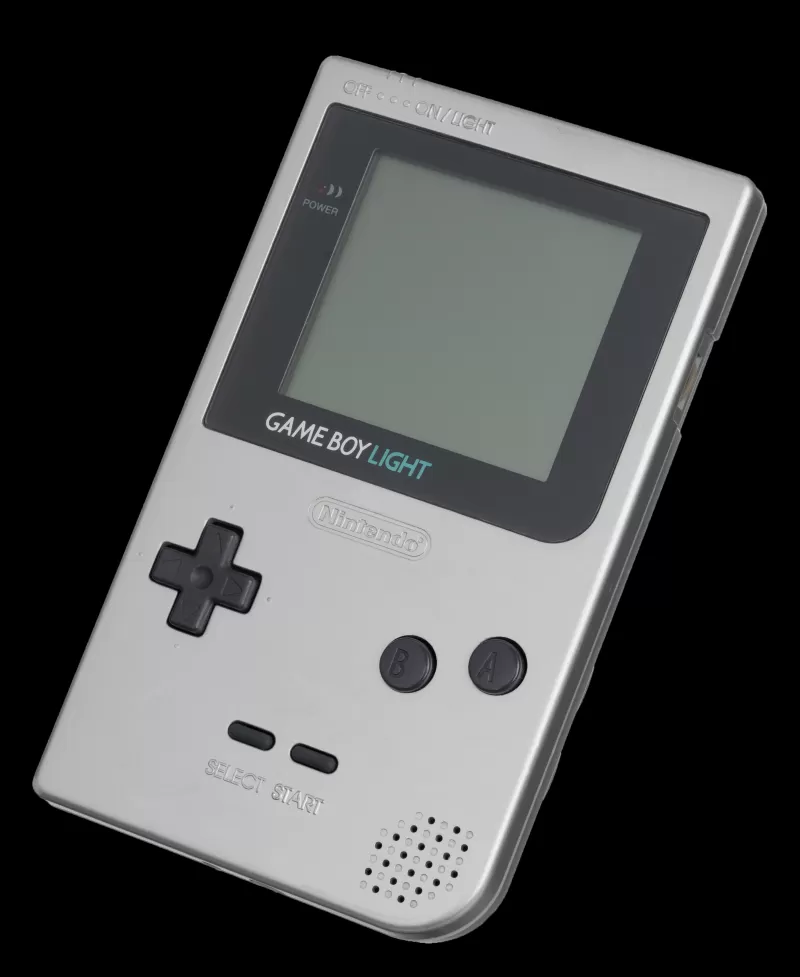 Exclusive to Japan, Game Boy Light featured a backlight for low-light play and offered longer battery life than the Game Boy Pocket, despite its larger size.
Exclusive to Japan, Game Boy Light featured a backlight for low-light play and offered longer battery life than the Game Boy Pocket, despite its larger size.
Game Boy Color - November 18, 1998
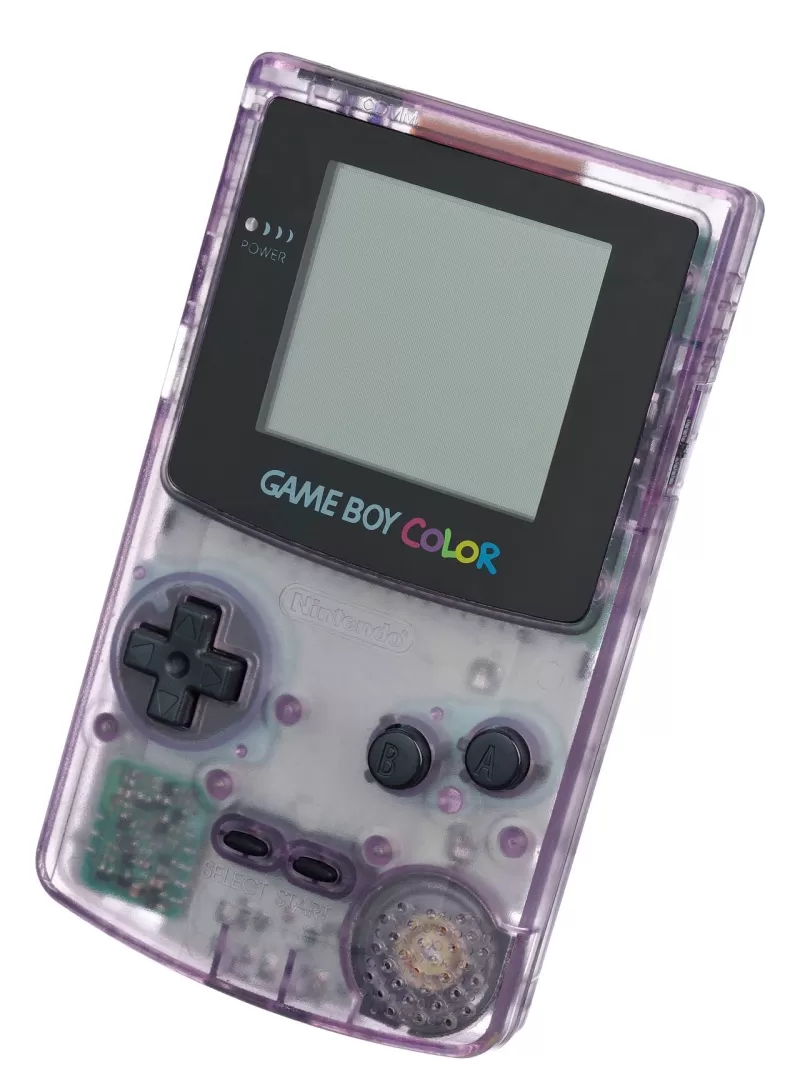 Game Boy Color brought vibrant colors to handheld gaming and was backward-compatible with original Game Boy games. Its enhanced hardware supported hundreds of new titles, reimagining classics like Tetris in color.
Game Boy Color brought vibrant colors to handheld gaming and was backward-compatible with original Game Boy games. Its enhanced hardware supported hundreds of new titles, reimagining classics like Tetris in color.
Game Boy Advance - June 11, 2001
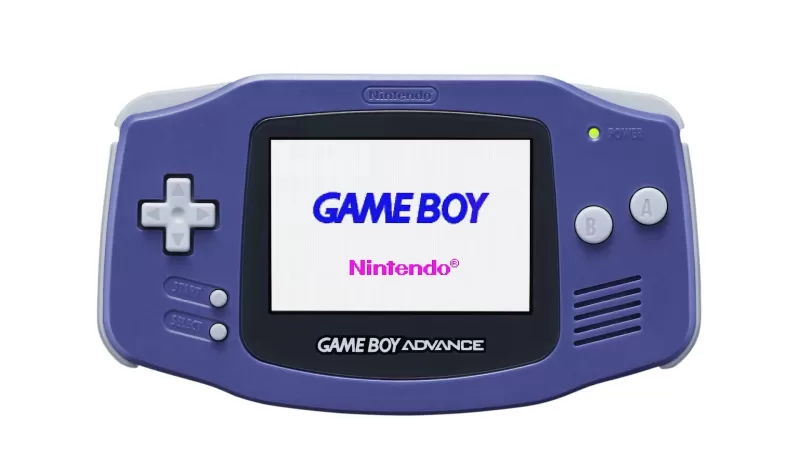 Game Boy Advance represented a significant leap forward, offering 16-bit graphics in a horizontal form factor. Backward compatibility extended its game library into the thousands, providing a robust gaming experience.
Game Boy Advance represented a significant leap forward, offering 16-bit graphics in a horizontal form factor. Backward compatibility extended its game library into the thousands, providing a robust gaming experience.
Pokémon mini - November 16, 2001
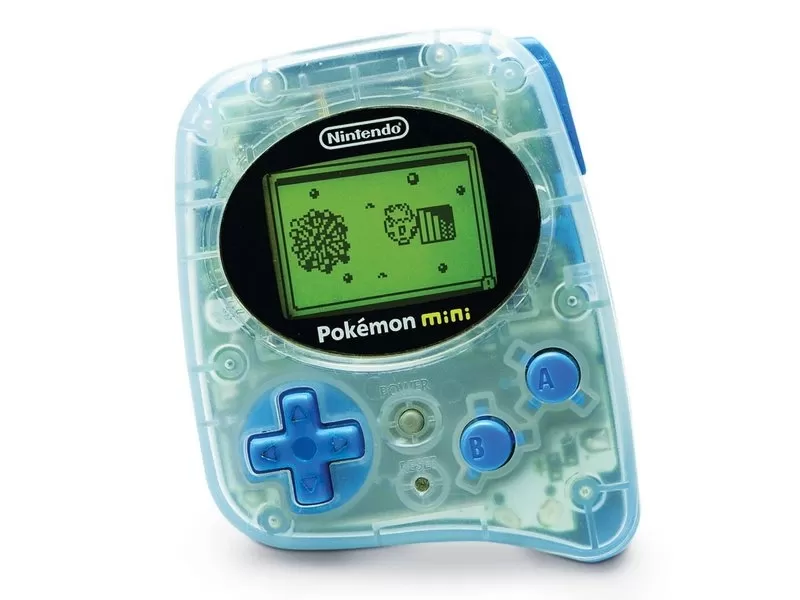
Nintendo GameCube - November 18, 2001
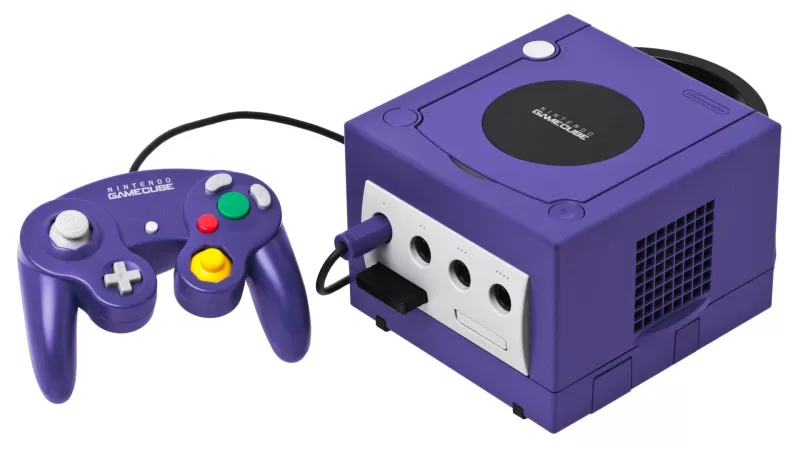 Building on the success of the Nintendo 64, GameCube featured sequels like Super Mario Sunshine and The Legend of Zelda: Wind Waker. It transitioned to disc-based media and introduced a more ergonomic controller, with its legacy still influencing modern franchises like Animal Crossing.
Building on the success of the Nintendo 64, GameCube featured sequels like Super Mario Sunshine and The Legend of Zelda: Wind Waker. It transitioned to disc-based media and introduced a more ergonomic controller, with its legacy still influencing modern franchises like Animal Crossing.
Panasonic Q - December 14, 2001
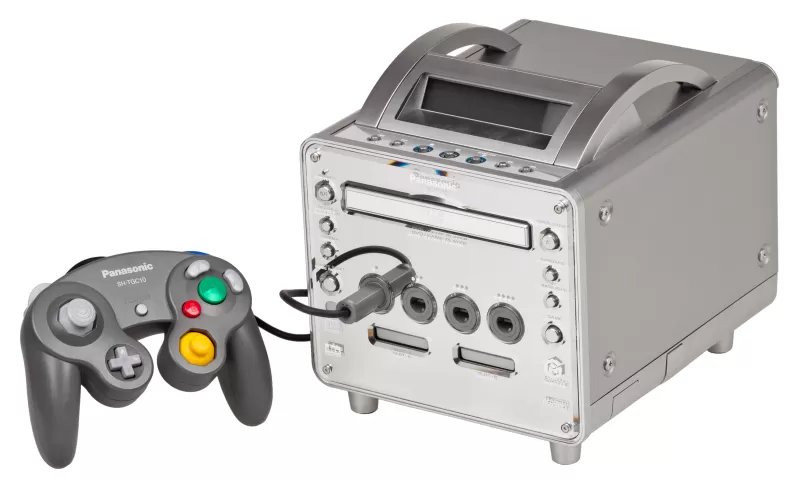 Panasonic Q was a collaborative effort with Nintendo, merging a GameCube with a DVD player in a sleek stainless steel design. Despite its innovative approach, high pricing and low sales led to a short market life.
Panasonic Q was a collaborative effort with Nintendo, merging a GameCube with a DVD player in a sleek stainless steel design. Despite its innovative approach, high pricing and low sales led to a short market life.
Game Boy Advance SP - March 23, 2003
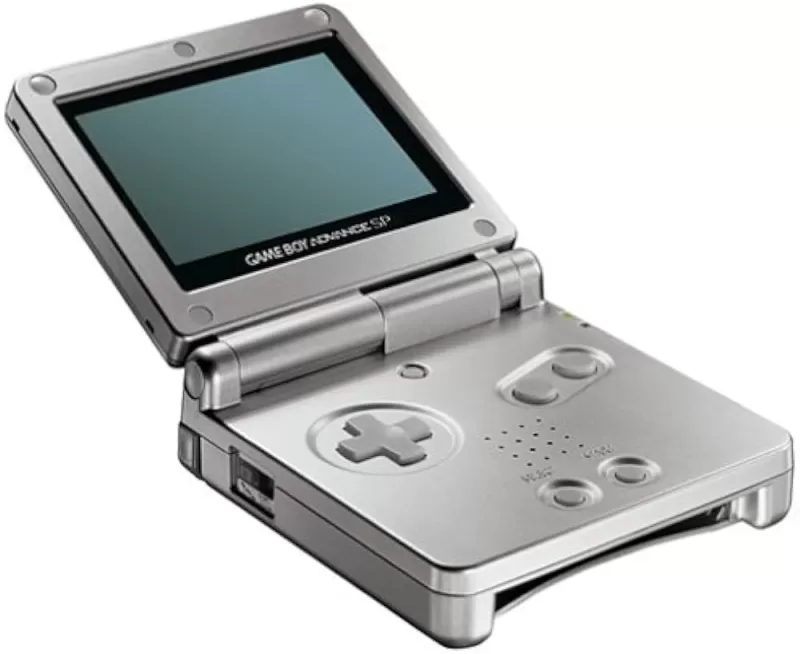 Game Boy Advance SP introduced a foldable design, rechargeable battery, and backlit screen, enhancing portability and playability. However, it omitted the headphone jack, offering an adapter instead.
Game Boy Advance SP introduced a foldable design, rechargeable battery, and backlit screen, enhancing portability and playability. However, it omitted the headphone jack, offering an adapter instead.
Nintendo DS - November 21, 2004
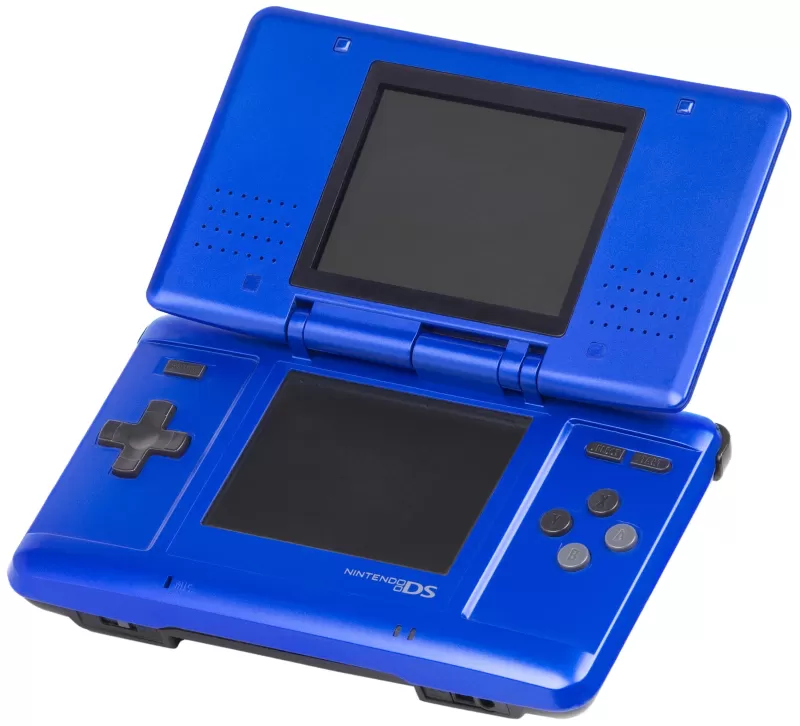 Nintendo DS pioneered dual-screen gaming with Wi-Fi support, featuring a unique clamshell design. Its touchscreen and stylus opened up new gameplay possibilities, making it Nintendo's best-selling console.
Nintendo DS pioneered dual-screen gaming with Wi-Fi support, featuring a unique clamshell design. Its touchscreen and stylus opened up new gameplay possibilities, making it Nintendo's best-selling console.
Game Boy Micro - September 19, 2005
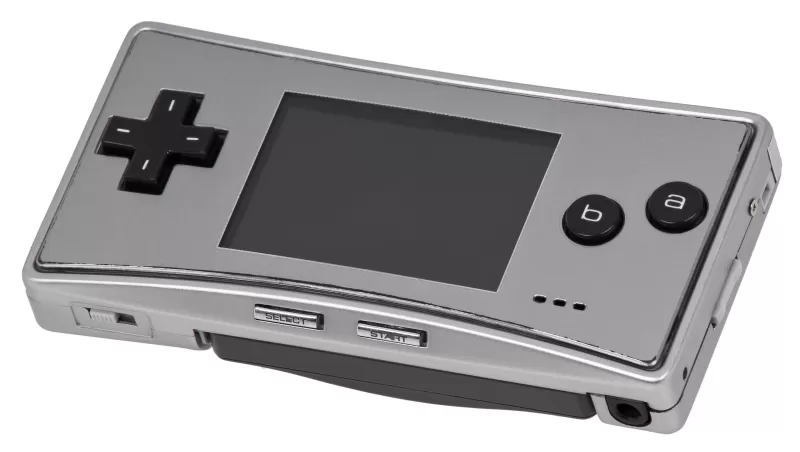 Unveiled by Reggie Fils-Aimé, Game Boy Micro impressed with its compact size and adjustable backlit screen. Despite its short production run, it maintained backward compatibility with Game Boy and Game Boy Color games.
Unveiled by Reggie Fils-Aimé, Game Boy Micro impressed with its compact size and adjustable backlit screen. Despite its short production run, it maintained backward compatibility with Game Boy and Game Boy Color games.
Nintendo DS Lite - June 11, 2006
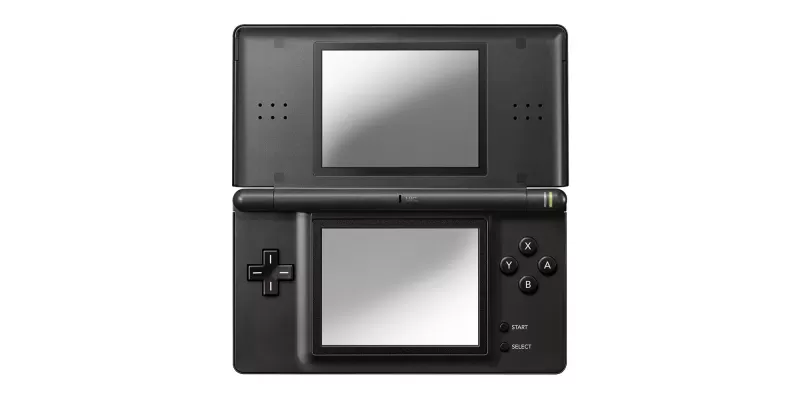 Nintendo DS Lite refined the original DS with a slimmer design, brighter screens, and improved battery life, enhancing the overall gaming experience.
Nintendo DS Lite refined the original DS with a slimmer design, brighter screens, and improved battery life, enhancing the overall gaming experience.
Nintendo Wii - November 19, 2006
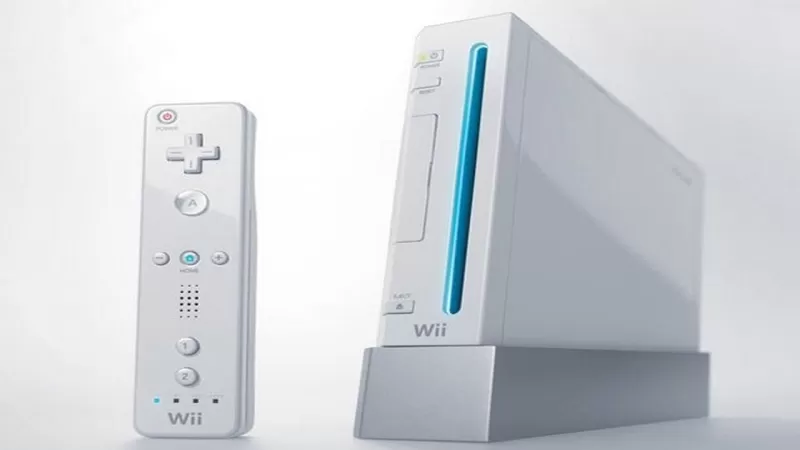 Nintendo Wii revitalized the home console market with motion controls via the Wii Remote. Its backward compatibility with GameCube titles and the introduction of Virtual Console for digital downloads were key features.
Nintendo Wii revitalized the home console market with motion controls via the Wii Remote. Its backward compatibility with GameCube titles and the introduction of Virtual Console for digital downloads were key features.
Nintendo DSi - November 1, 2008
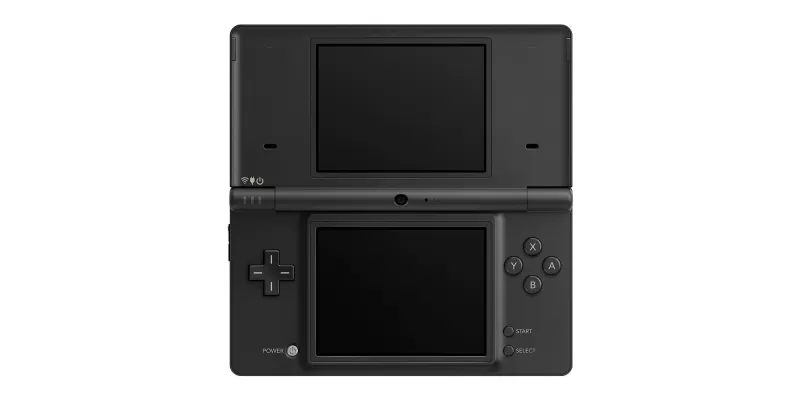 Nintendo DSi added cameras and an SD card slot to the DS line, but removed the Game Boy Advance slot, marking a shift in focus.
Nintendo DSi added cameras and an SD card slot to the DS line, but removed the Game Boy Advance slot, marking a shift in focus.
Nintendo DSi XL - November 21, 2009
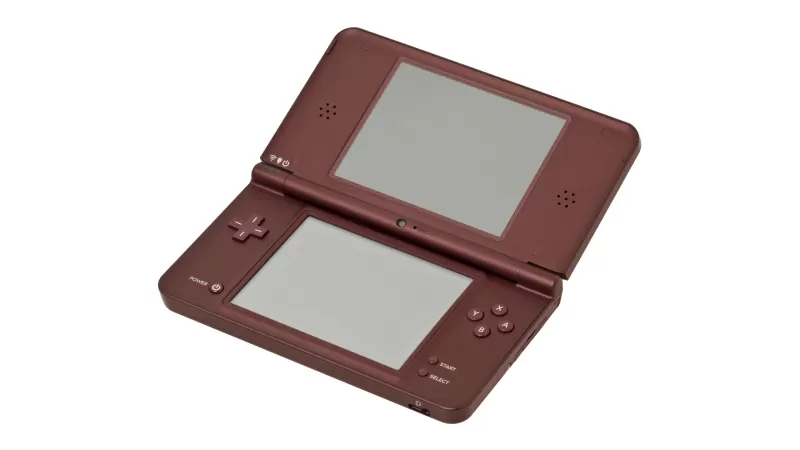 Nintendo DSi XL offered larger screens and improved audio, enhancing the gaming experience on the DSi platform.
Nintendo DSi XL offered larger screens and improved audio, enhancing the gaming experience on the DSi platform.
Nintendo 3DS - March 27, 2011
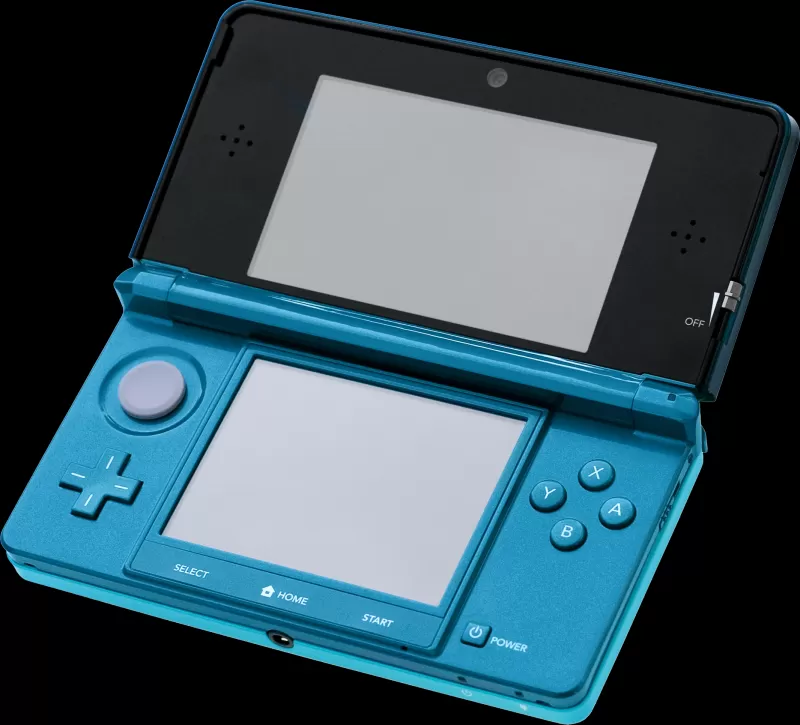 Nintendo 3DS introduced stereoscopic 3D gaming without glasses, building on the success of the DS line with titles like The Legend of Zelda: A Link Between Worlds and Super Mario 3D Land.
Nintendo 3DS introduced stereoscopic 3D gaming without glasses, building on the success of the DS line with titles like The Legend of Zelda: A Link Between Worlds and Super Mario 3D Land.
Nintendo 3DS XL - August 19, 2012
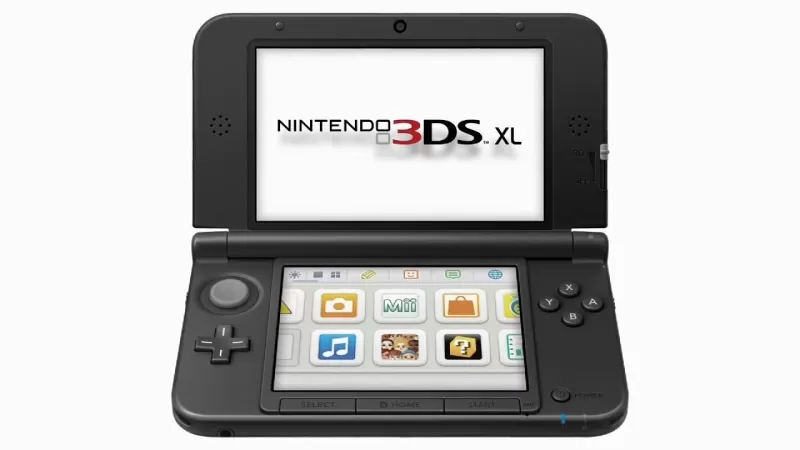 Nintendo 3DS XL offered a 90% larger screen than the original 3DS, enhancing visual clarity and gameplay immersion.
Nintendo 3DS XL offered a 90% larger screen than the original 3DS, enhancing visual clarity and gameplay immersion.
Nintendo Wii U - November 18, 2012
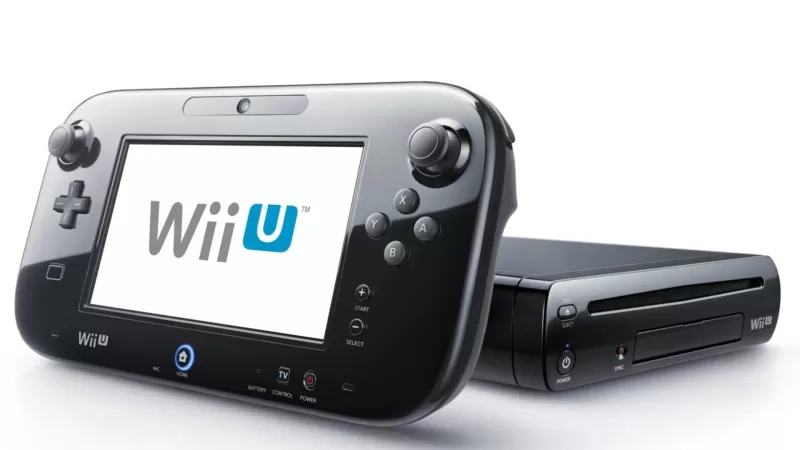 Wii U introduced the GamePad, allowing off-TV play and HD support. Despite titles like Super Mario 3D World and Splatoon, it struggled with poor marketing and sales.
Wii U introduced the GamePad, allowing off-TV play and HD support. Despite titles like Super Mario 3D World and Splatoon, it struggled with poor marketing and sales.
Nintendo Wii Mini - December 7, 2012
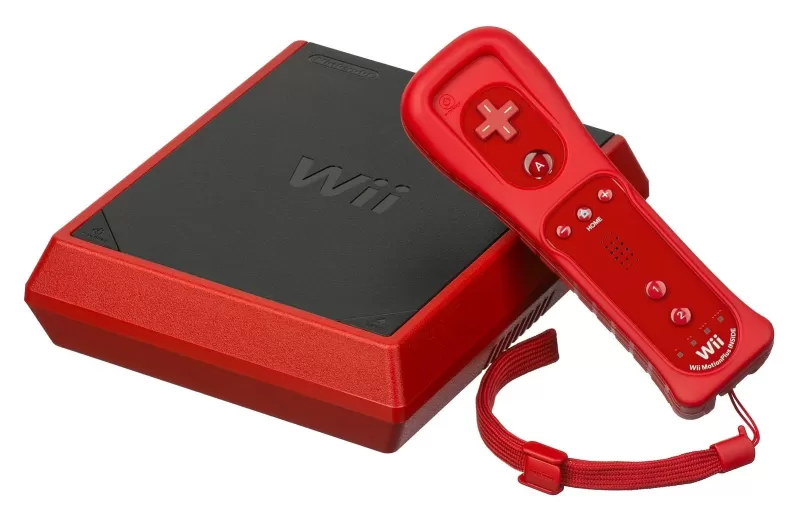 Wii Mini was a stripped-down version of the Wii, removing GameCube support and several features to offer a more affordable option.
Wii Mini was a stripped-down version of the Wii, removing GameCube support and several features to offer a more affordable option.
Nintendo 2DS - October 12, 2013
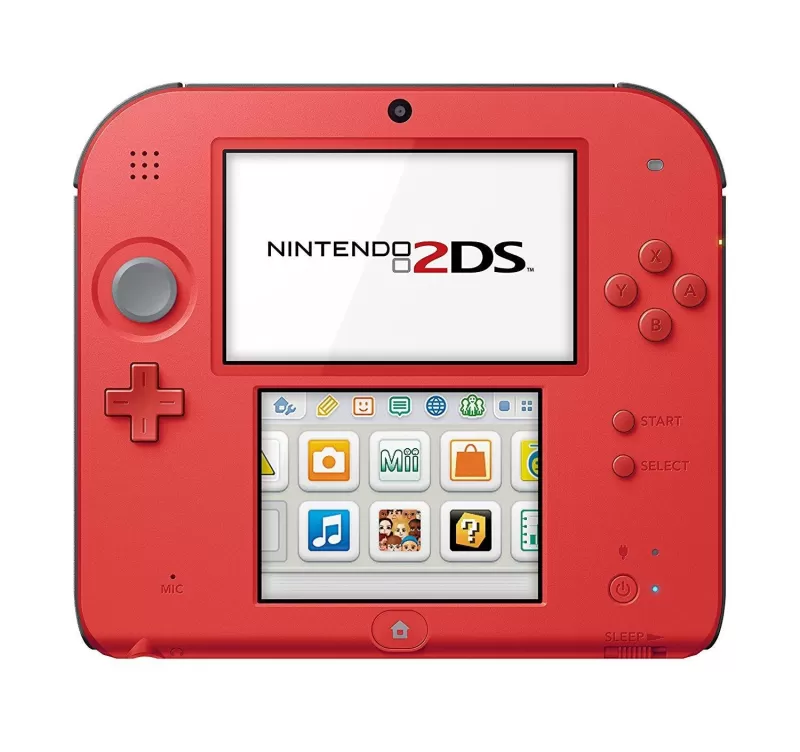 Nintendo 2DS removed 3D capabilities for a more budget-friendly option, maintaining all other 3DS features but with reduced sound quality.
Nintendo 2DS removed 3D capabilities for a more budget-friendly option, maintaining all other 3DS features but with reduced sound quality.
New Nintendo 3DS - October 11, 2014
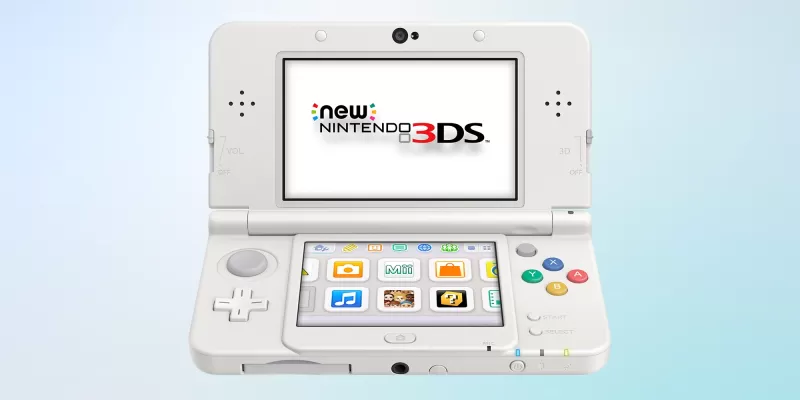 New Nintendo 3DS enhanced the original with new controls, features, and amiibo support, significantly improving the gaming experience.
New Nintendo 3DS enhanced the original with new controls, features, and amiibo support, significantly improving the gaming experience.
New Nintendo 3DS XL - February 13, 2015
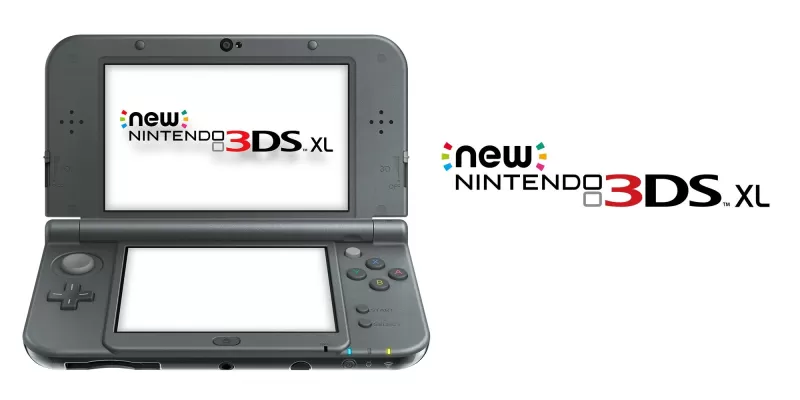 New Nintendo 3DS XL offered larger screens than the New 3DS but removed the customizable face plates, though special editions were available.
New Nintendo 3DS XL offered larger screens than the New 3DS but removed the customizable face plates, though special editions were available.
Nintendo Switch - March 3, 2017
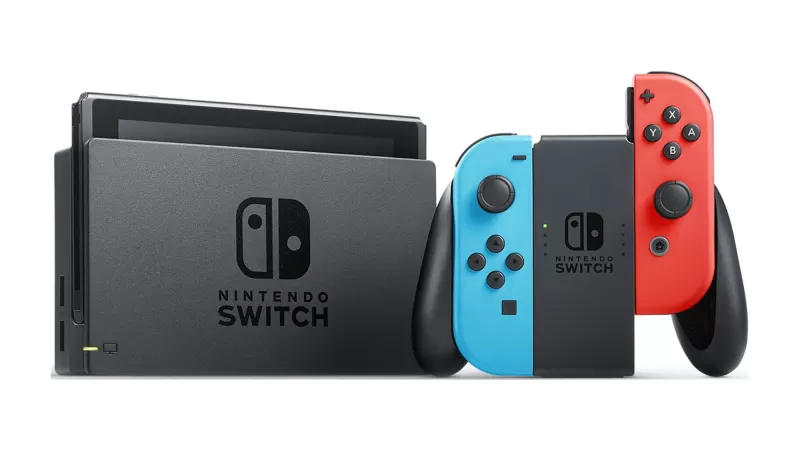 Nintendo Switch revolutionized gaming with its hybrid design, allowing seamless transitions between home and handheld play. Its first-party library, including titles like The Legend of Zelda: Breath of the Wild, has been critically acclaimed.
Nintendo Switch revolutionized gaming with its hybrid design, allowing seamless transitions between home and handheld play. Its first-party library, including titles like The Legend of Zelda: Breath of the Wild, has been critically acclaimed.
New Nintendo 2DS XL - July 28, 2017
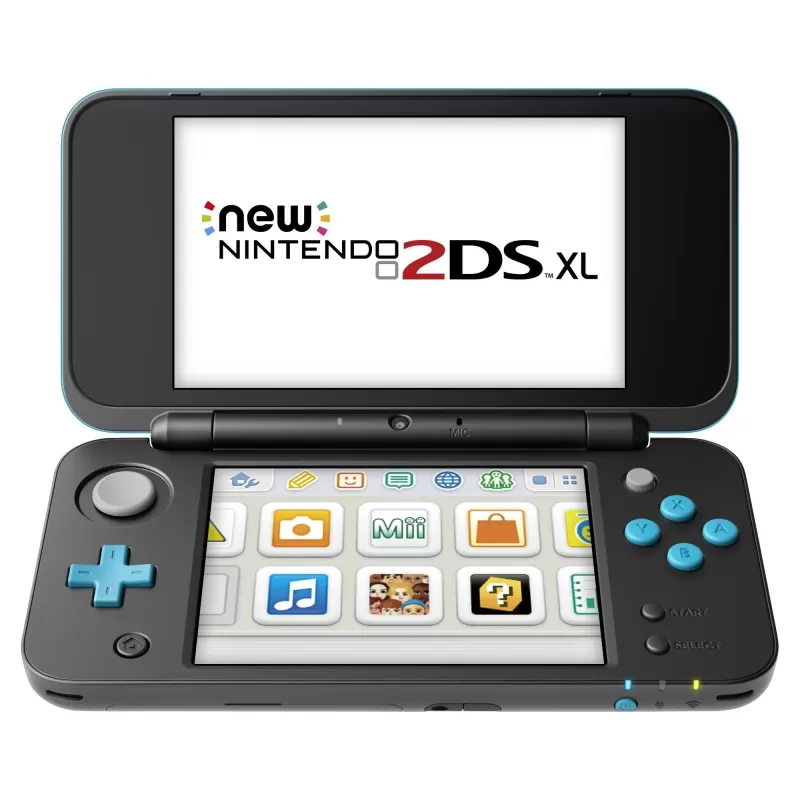 New Nintendo 2DS XL upgraded the 2DS with an analog stick, shoulder buttons, and amiibo support, returning to the clamshell design and adding compatibility with New 3DS titles.
New Nintendo 2DS XL upgraded the 2DS with an analog stick, shoulder buttons, and amiibo support, returning to the clamshell design and adding compatibility with New 3DS titles.
Nintendo Switch Lite - September 20, 2019
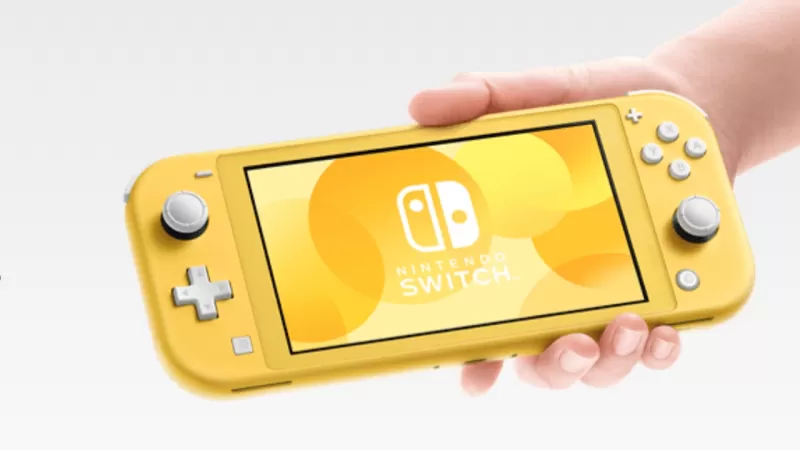 Nintendo Switch Lite was a more affordable, handheld-only version of the Switch, featuring built-in controllers and a smaller screen.
Nintendo Switch Lite was a more affordable, handheld-only version of the Switch, featuring built-in controllers and a smaller screen.
Nintendo Switch OLED model - October 8, 2021
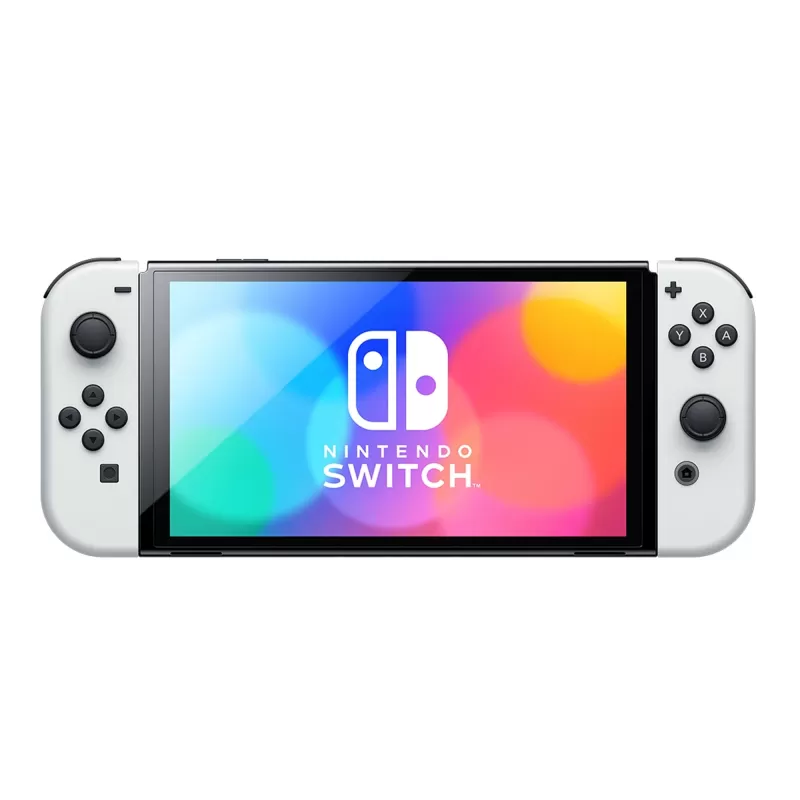 Nintendo Switch OLED model upgraded the screen to a 7-inch OLED panel and improved audio and kickstand, launching alongside Metroid Dread.
Nintendo Switch OLED model upgraded the screen to a 7-inch OLED panel and improved audio and kickstand, launching alongside Metroid Dread.
Upcoming Nintendo Consoles
Following years of speculation, Nintendo has officially unveiled the Switch 2. The reveal trailer showcased a new method for attaching Joy-Cons, a larger screen, and an additional USB-C port. The possibility of using Joy-Con as a mouse and a 24-player Mario Kart mode were highlighted. The console promises to be "mostly" backward compatible, supporting both physical and digital games.Analysts predict the Switch 2 will be priced around $400. We've gathered all the information from the trailer, but a Nintendo Direct on April 2 will provide more details, including a release date.
AnswerSee Results Home
Home  Navigation
Navigation






 Latest Articles
Latest Articles


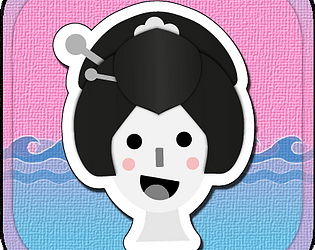





 Latest Games
Latest Games